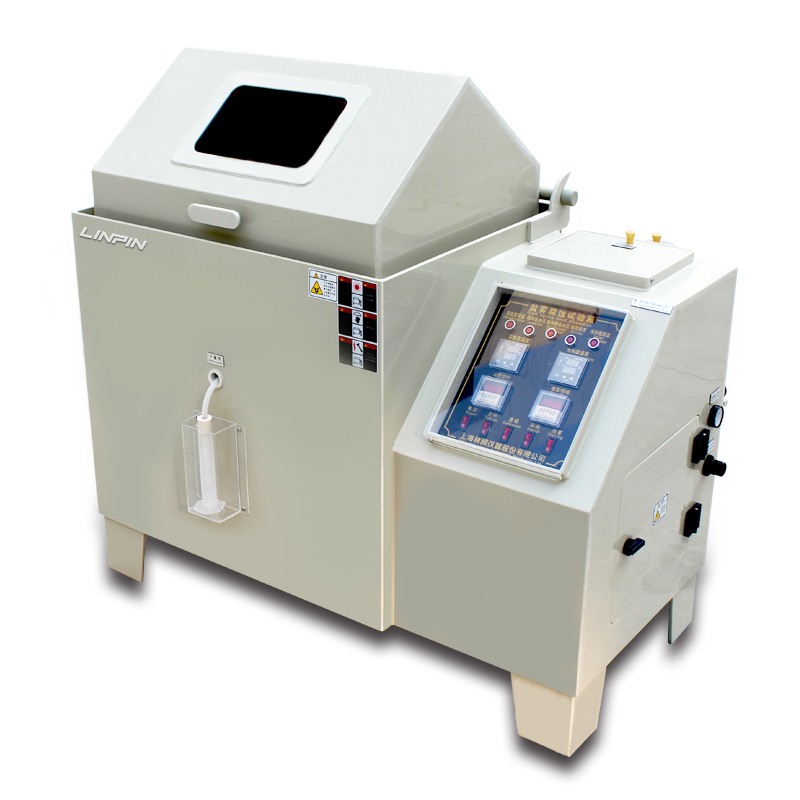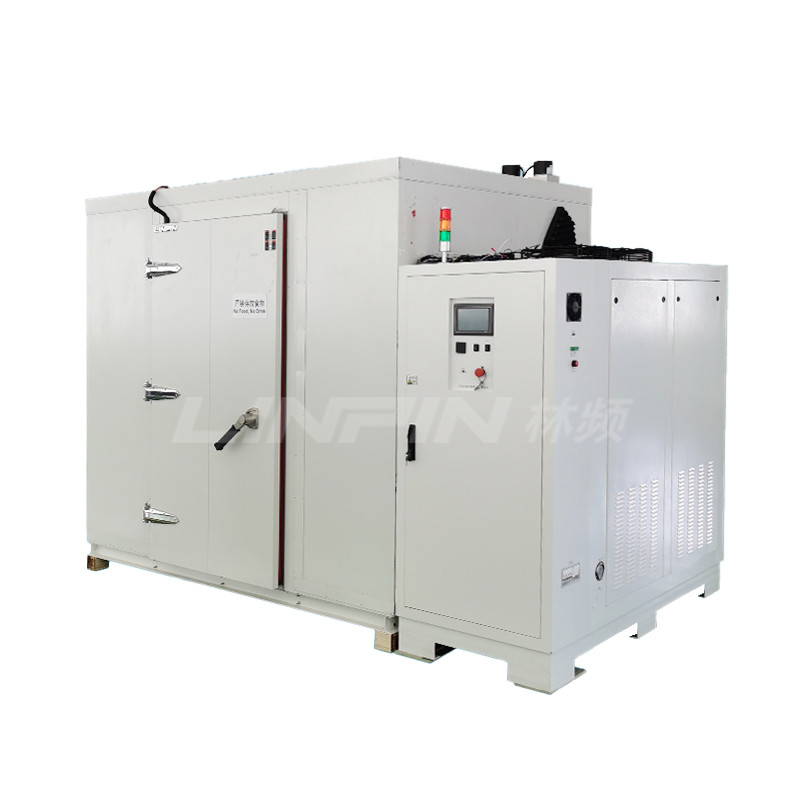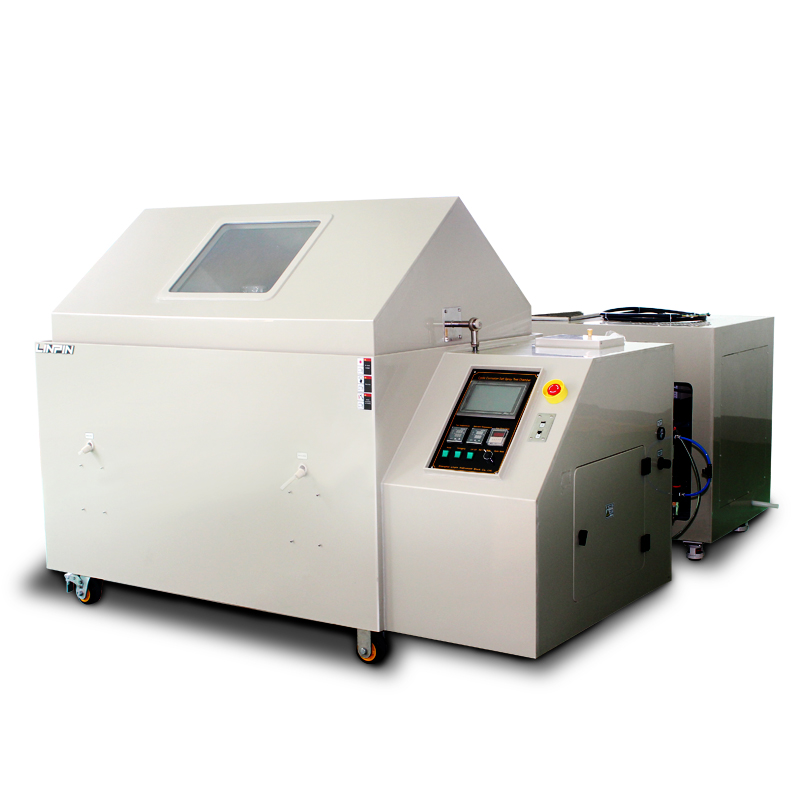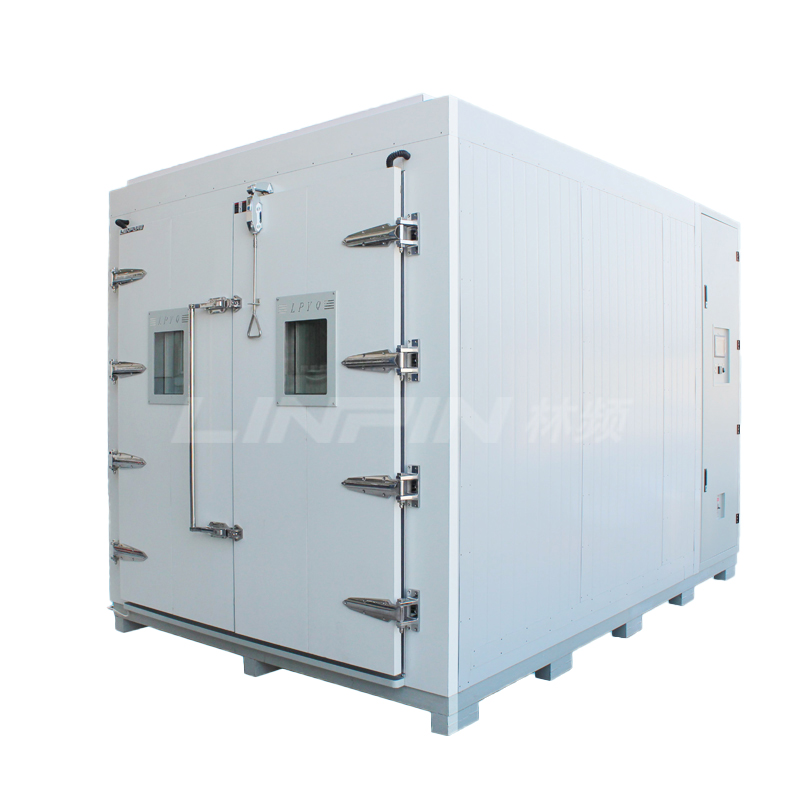Is Compressed-Air Quality Critical for Salt-Spray Chambers?
Author:LINPIN Update Time:2025-09-01 Source:LINPINIn both R&D labs and high-volume manufacturing, salt-spray chambers are the workhorses used to gauge corrosion resistance, coating durability, and product life expectancy. Yet the reliability of every test hinges on a factor that is often overlooked: the quality of the compressed air that drives the spray. Below, we explain why air quality matters, how it skews results, and the concrete steps you can take to guarantee clean, stable air.
-
How a Salt-Spray Chamber Works
A salt-spray chamber atomizes a saline solution under tightly controlled temperature and humidity to mimic corrosive environments. Uniform, repeatable fog is the gold standard for credible data, and that fog can only be generated if the compressed-air supply is pristine.

-
What Bad Air Does to Your Data
Water Vapor
High moisture content coalesces into oversized droplets. The result: uneven salt deposition, erratic corrosion patterns, and data you cannot trust.
High moisture content coalesces into oversized droplets. The result: uneven salt deposition, erratic corrosion patterns, and data you cannot trust.
Oil & Solid Contaminants
Oil alters the chemistry of the fog and can form a thin film on test specimens, masking true corrosion behavior. Particulates clog nozzles, disrupt flow, and force unscheduled shutdowns.
Oil alters the chemistry of the fog and can form a thin film on test specimens, masking true corrosion behavior. Particulates clog nozzles, disrupt flow, and force unscheduled shutdowns.
Pressure & Flow Deviations
Any fluctuation in pressure or flow rate changes droplet size and distribution. Too high: overspray and loss of control. Too low: incomplete atomization and a weak corrosive load.
Any fluctuation in pressure or flow rate changes droplet size and distribution. Too high: overspray and loss of control. Too low: incomplete atomization and a weak corrosive load.
-
Best Practices for Clean, Stable Air
Spec High-Efficiency Filtration
Install—and religiously maintain—coalescing filters for oil/water and particulate filters for solids. Change elements on a calendar or differential-pressure basis, whichever comes first.
Install—and religiously maintain—coalescing filters for oil/water and particulate filters for solids. Change elements on a calendar or differential-pressure basis, whichever comes first.
Institute a Monitoring Program
Log dew point, residual oil, and particulate counts at the point of use. Trend the data; fix deviations before they reach the chamber.

Log dew point, residual oil, and particulate counts at the point of use. Trend the data; fix deviations before they reach the chamber.

Right-Size the Compressor
Match compressor output (pressure and flow) to chamber requirements, then add a buffer for safety. Oversized compressors cycle excessively and introduce moisture; undersized units starve the atomizer.
Match compressor output (pressure and flow) to chamber requirements, then add a buffer for safety. Oversized compressors cycle excessively and introduce moisture; undersized units starve the atomizer.
Control the Lab Environment
Keep ambient temperature and humidity within tight limits. A stable room prevents condensation in downstream piping and reduces the burden on filters.
Keep ambient temperature and humidity within tight limits. A stable room prevents condensation in downstream piping and reduces the burden on filters.
-
Key Takeaway
Compressed-air quality is not a detail—it is a decisive variable. Clean, dry, oil-free air safeguards test repeatability, protects expensive chambers, and upholds the credibility of your corrosion data. In a market where precision is a competitive edge, flawless air is the cheapest insurance you can buy.





